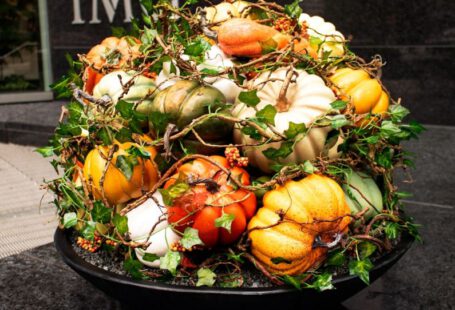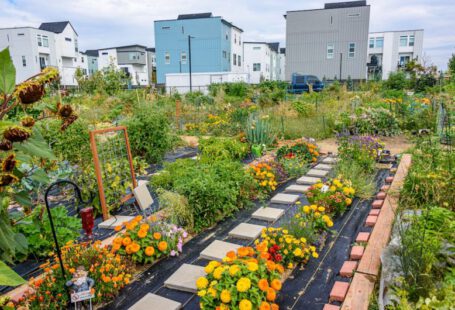Extending the Growing Season for Vegetables
As the demand for fresh, homegrown produce continues to rise, gardeners are looking for ways to extend the growing season of their vegetables. While traditional growing seasons may be limited to the warmer months, there are several techniques that can help prolong the harvest well into the fall and even winter months. By utilizing these methods, gardeners can enjoy a continuous supply of fresh vegetables and reap the rewards of their hard work throughout the year.
Choosing the Right Vegetables
Selecting the right vegetables is the first step in extending the growing season. Some vegetables are more resilient to cooler temperatures and can thrive in the shoulder seasons. Vegetables such as kale, spinach, lettuce, radishes, and carrots are known for their cold-hardiness and can be grown well into the fall and winter months. By choosing vegetables that are suited to cooler temperatures, gardeners can ensure a bountiful harvest even as the weather starts to cool.
Utilizing Cold Frames
Cold frames are a simple yet effective way to extend the growing season for vegetables. These structures consist of a wooden or metal frame covered with a transparent material, such as glass or plastic, that acts as a mini greenhouse. Cold frames help trap heat from the sun, creating a warm and sheltered environment for plants to thrive in cooler temperatures. By using cold frames, gardeners can protect their vegetables from frost and cold winds, allowing them to grow well beyond the traditional growing season.
Row Covers
Row covers are another valuable tool for extending the growing season of vegetables. These lightweight, breathable fabrics are placed directly over the plants and act as a barrier against frost and harsh weather conditions. Row covers help retain heat and moisture, creating a microclimate that promotes plant growth and protects against the elements. By using row covers, gardeners can continue to harvest fresh vegetables long after the first frost, giving them a longer growing season and a more abundant harvest.
Mulching
Mulching is a simple yet effective technique for extending the growing season of vegetables. By adding a layer of mulch around plants, gardeners can protect the soil from temperature fluctuations and retain moisture, creating a more stable environment for plant growth. Mulch also helps suppress weeds, insulate the soil, and improve overall soil health. By mulching their vegetable garden, gardeners can extend the growing season, reduce water usage, and improve the overall health of their plants.
Succession Planting
Succession planting is a practice where gardeners plant new crops as soon as the previous ones are harvested. By staggering planting times, gardeners can ensure a continuous supply of fresh vegetables throughout the growing season. Succession planting allows gardeners to make the most of their garden space and extend the harvest well into the fall and winter months. By planning ahead and planting a variety of crops at different times, gardeners can enjoy a diverse and plentiful harvest throughout the year.
Watering and Fertilizing
Proper watering and fertilizing are essential for extending the growing season of vegetables. During the cooler months, plants may require less water, but it is important to ensure they receive an adequate amount to thrive. Additionally, applying a balanced fertilizer can help provide plants with the nutrients they need to continue growing and producing throughout the extended growing season. By monitoring soil moisture levels and fertilizing as needed, gardeners can support their plants and ensure a successful harvest year-round.
Conclusion
Extending the growing season for vegetables is possible with the right techniques and a little planning. By choosing cold-hardy vegetables, utilizing structures like cold frames and row covers, mulching, succession planting, and providing proper care through watering and fertilizing, gardeners can enjoy a continuous harvest well beyond the traditional growing season. With these methods in place, gardeners can savor the taste of fresh, homegrown produce throughout the year and make the most of their vegetable garden.





